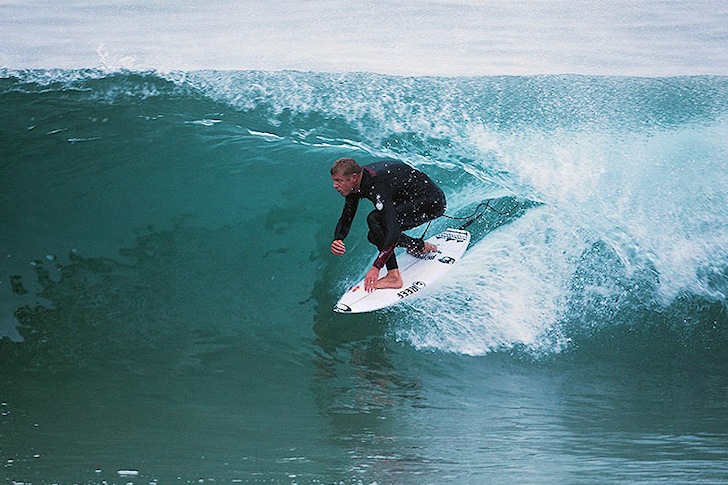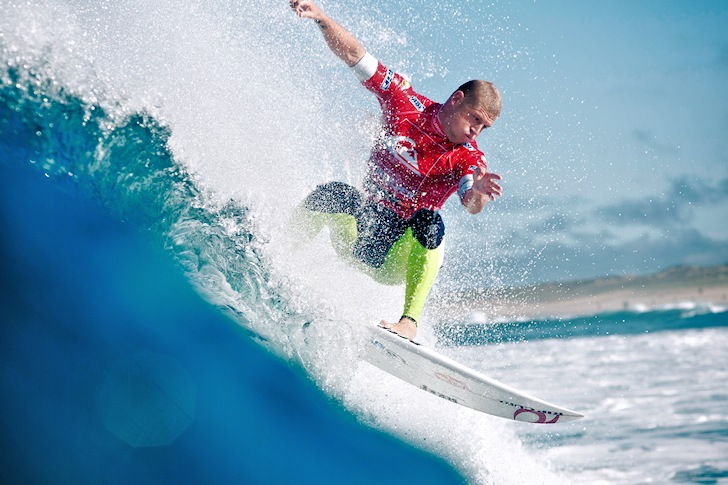Foot position on a surfboard is critical. From the moment you pop up until you reach the white water, your feet will constantly be working and shifting. How do you stand up on the board?
In surfing, feet create balance, control, and speed. With the help of your hips and arms, your feet will swing you through the optimal surf line.
This is why foot positioning on a surfboard is a must-have lesson.
Fortunately, there's a golden rule. Your front foot should always be in the middle of the plank - lengthwise and widthwise - regardless of what size your board is.
This is the classic, general position.
Your front foot controls the board and should always be placed over the stringer (except when you're maneuvering in the waves), whether you're a regular, goofy-foot, or switch-foot surfer.
The same rule applies to your back foot.
The standard position puts your back foot on the opposite side of the front of your fins. If you use a traction pad, it will be well over the grip.
If you want to turn more quickly or adjust for a maneuver, your back foot will slide back towards the tail.
This slight adjustment will loosen the board in critical wave sections.

Advanced Adjustments
In advanced surfing, both feet will be shifting around over the surfboard.
This happens as you constantly adapt to different situations, for example, moving forward for barrels and aerials or moving backward for a lip attack.
If you're looking for speed, your feet may move forward in the direction of the nose.
If you need to carve hard or go straight off the lip, your feet should move backward.
If you're riding the right surfboard for your weight/height, you'll notice that your feet will be about shoulder-width apart.
Get used to your feet position when taking off to avoid unnecessary correction during each ride.
In conclusion, your back foot is usually the "brake," and your front is like the gas pedal.
Keep up the momentum and get your feet in the right places. Small changes can make miracles happen.
Discover the best advanced surfing tips and techniques.
